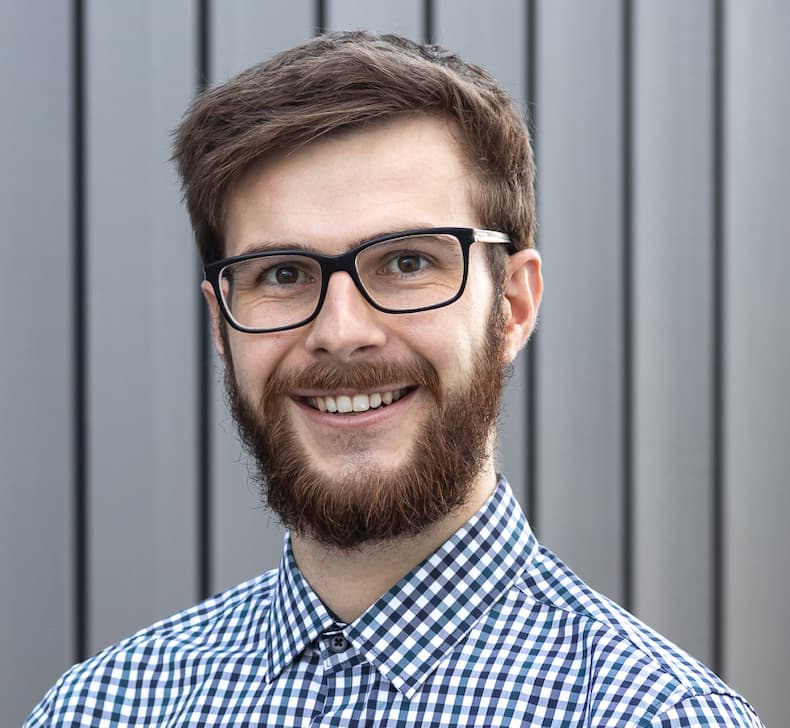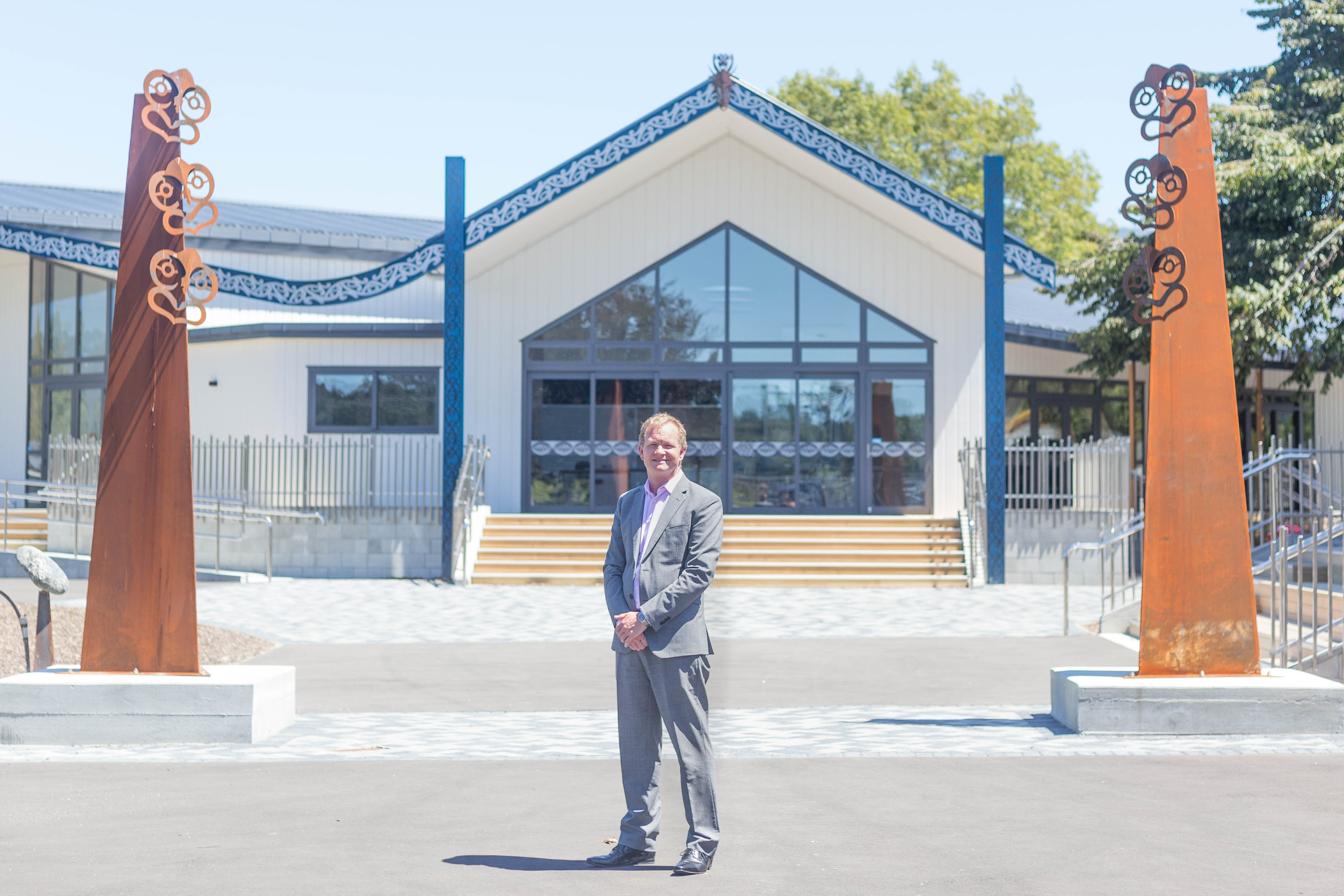Strong iwi ties lead principal to Golden Bay


Jono Hay looks to strengthen iwi partnerships and student relationships in his new role. Photo: Supplied.
“An absolute privilege” is how Golden Bay High School’s new tumuaki (principal) has described his new adventure in a “stunning and vibrant” community.
Jono Hay takes over the top job from Linda Tame, who stepped down at the end of last year after six years to pursue personal endeavours.
A former whitewater kayaking instructor and fly-fishing guide, both in Aotearoa and the Appalachian Mountains in North Carolina, Jono graduated from the New Zealand Graduate School of Education in Christchurch in 2010.
He began his teaching career at Mount Hutt College in Methven where he stayed for five years before becoming the head of science at Ashburton College, a position he held for two and a half years before a promotion to one of its deputy principals.
After five and a half years in the role, Jono says Golden Bay High School’s “exciting” projects like its multi-million-dollar makeover, and strong connection with Manawhenua Ki Mohua, which represents Ngati Tama, Ngati Rārua and Te Ātiawa, inspired a new challenge.
“I had spent time in Mohua [Golden Bay] in the past, and I think it’s a stunning and vibrant community that I was keen to be a part of,” he says.
“It’s a school with a lot of exciting things happening, including building work and opportunities for students to connect with the community and use the environment and local support to prepare them for their future pathways beyond school.
“It’s also a school with a very strong connection with Manawhenua Ki Mohua, and I’m really looking forward to building on that partnership as well.”
Jono says his assignments also included building individual relationships with the more than 300 students.
A pōwhiri was held for Jono at Pōhara’s Onetahua Marae on 31 January.
“It was great to meet our kaumātua up there and look forward to continuing to build that relationship, that connection, they’ve done a wonderful job of building in our local stories, the cultural narrative into the new build of the school,” he says.
“It’s now up to us to continue to share those pūrākau [stories] more widely and continue to grow our collective understanding, what they mean for where the school and community has come from and where into the future.”
